Driving in winter weather can be a challenging experience, especially when snow starts to accumulate on the roadways.
One issue drivers often encounter during snowy conditions is the impact of snow on their vehicle's tire balance.
When the snow gets packed into your wheel rims, it can cause an imbalance in the weight distribution around the tire, resulting in a shaky ride and safety concerns.
In the following sections, we'll discuss how to identify when snow is causing an imbalance in your tires and the steps you can take to remedy the situation.
Stay tuned, and drive safely this winter season!
Can Snow Make Your Tire Throw Off Balance?
Yes, snow can throw off your tire balance, causing vibrations, uncomfortable rides, and possibly even auto damage.
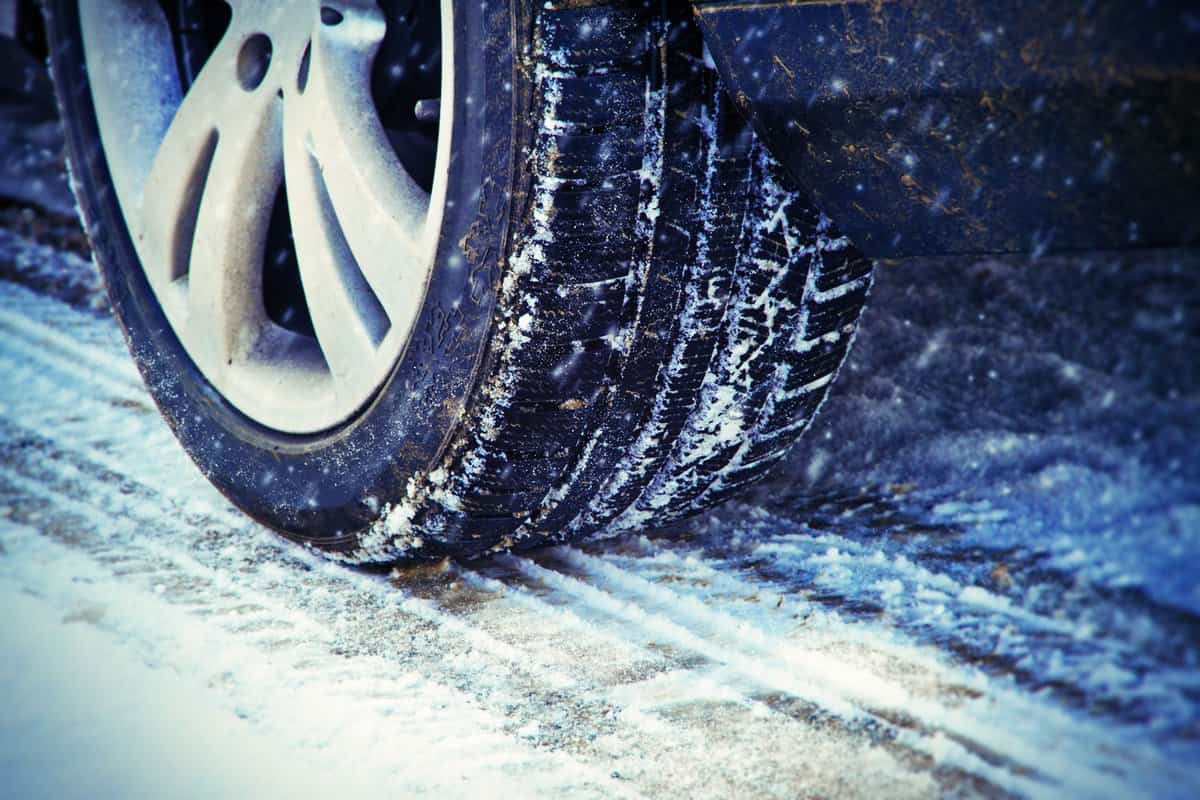
When you drive in snowy conditions, snow can accumulate on your wheels, particularly inside the rims.
Even a tiny amount of snow packed in the rims can cause an uneven weight distribution on the wheel.
In addition to excessive tire wear, this can damage the suspension system.
Driving through deep snow can also contribute to knocking your tires out of balance.
When one wheel is stuck spinning on a slippery surface, the differential sends 200% of the engine's power to that wheel, leading to tire damage.
You might also like: Can Getting Stuck In Snow Damage A Car?
3 Ways Snow Can Throw Off Tire Balance
The three main ways that snow and cold weather can negatively impact the balance of your tires include reduced tire pressure, loss of traction, and potentially misaligned wheels.
Snow Reduces Tire Pressure
When temperatures drop, so does your tire pressure. For every 10 degrees drop in temperature, your tire can lose about one psi of air pressure.
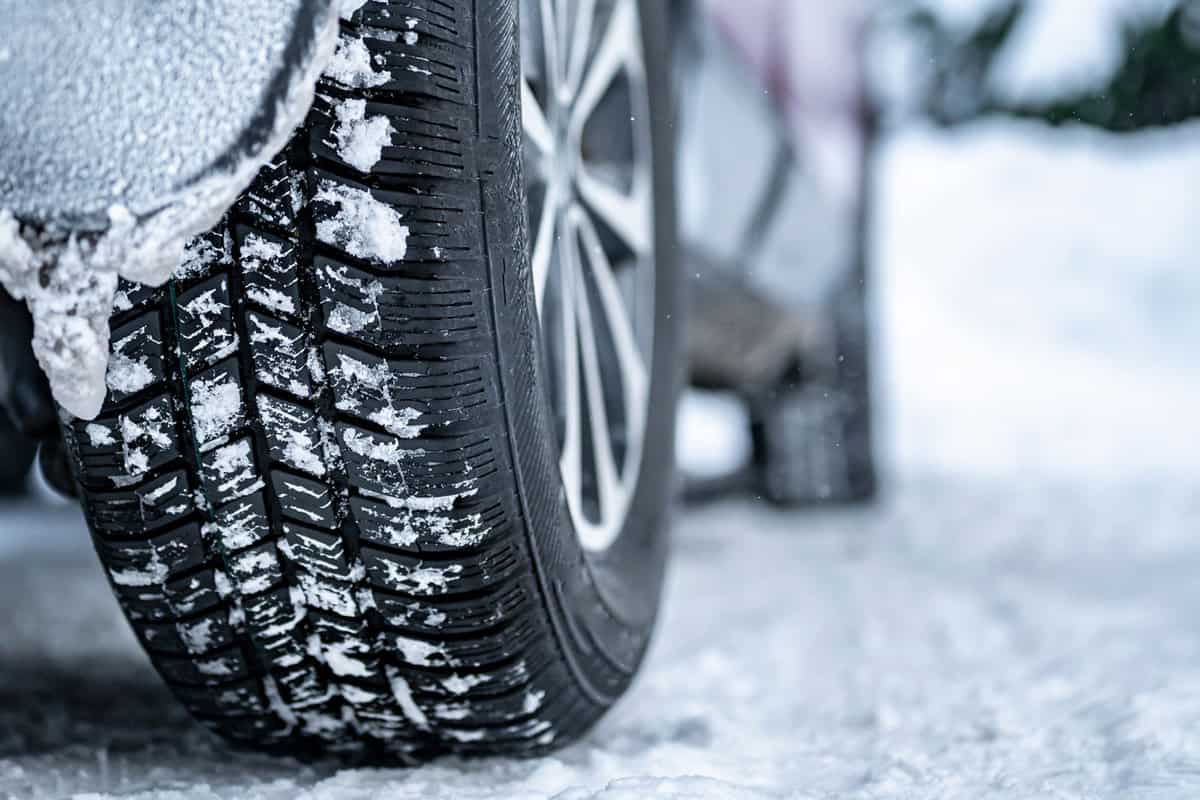
The cold air causes the air molecules inside your tires to contract, decreasing pressure, which can lead to uneven tire wear and potentially throw off the balance of your tires.
Regularly check and adjust your tire pressure—especially during colder months—to keep your tires balanced and performing optimally.
Cold Weather Can Result in Loss of Traction
As the temperature drops and snow accumulates on the ground, your tires may need help maintaining traction—especially if you're using all-season tires instead of winter-specific ones.
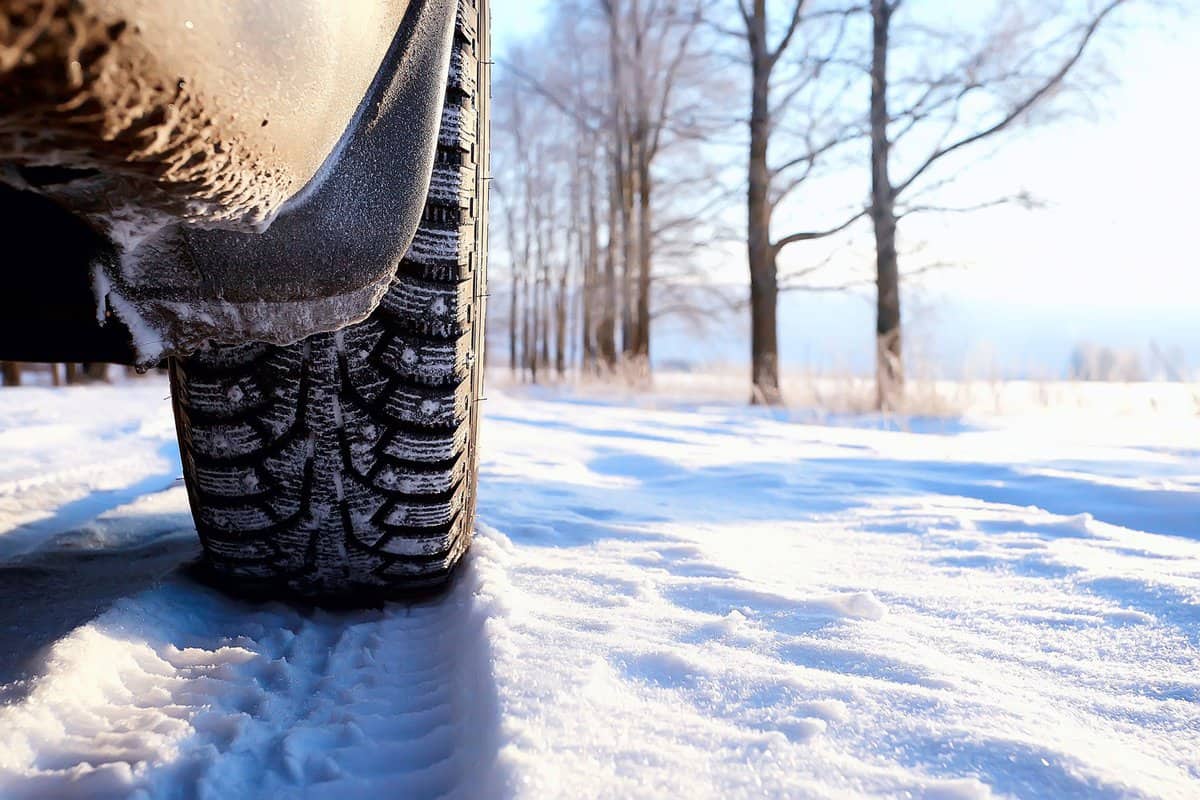
Reduced traction can cause your tires to slip and skid, impacting your tire balance.
To ensure better traction during the winter months, consider installing winter tires or using tire chains when driving on snow-covered roads.
For reliable traction, we recommend the Hankook Ventus All-Season Tire.
See this winter tire on Amazon.
Ice Can Potentially Misalign Your Wheels
As explained earlier, ice and snow can accumulate on your wheels, causing imbalances and vibrations.
For example, if snow is packed between your tire treads or in the wheel wells, it can disrupt the alignment of your wheels.
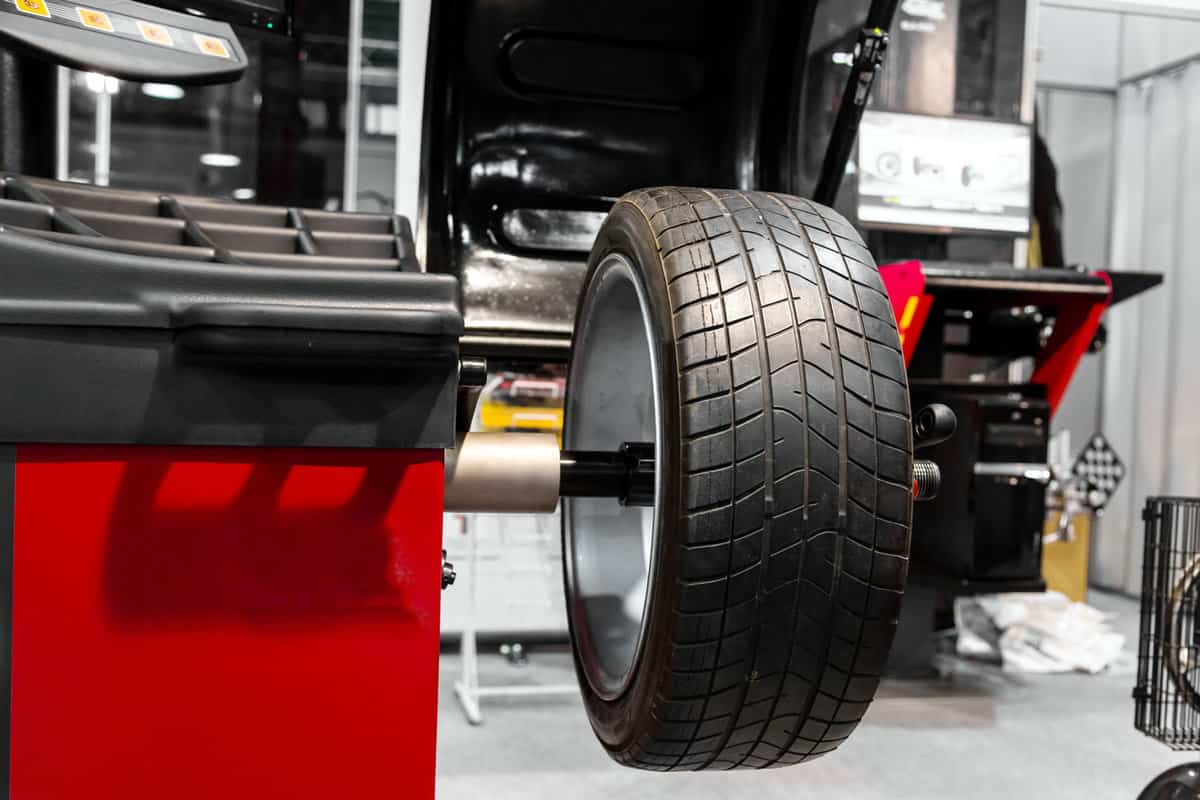
Over time, this misalignment can lead to uneven tire wear and impair your ability to drive safely.
Check your wheels for balance and alignment if you notice any vibrations at higher speeds.
Related article: Are Bigger Tires Better For Snow And/Or Ice?
How to Fix Thrown-Off Tire Balance in a Car
Here are simple fixes for an unbalanced car tire.
Use A Glove or Hot Water to Remove the Snow and Ice
The first step in fixing a thrown-off tire balance is to remove the accumulated snow and ice from the wheels and wheel wells.
You can do this by hand with an old glove or even use hot water if the ice is stubborn.
Take your time and gently remove the snow and ice to avoid damaging the wheels and tires.
Remove Refrozen Ice in the Wheels or Wait for It To Melt
After removing the snow and ice, you might notice the ice refrozen on the wheels.
In such cases, you can either use a hairdryer or a heat gun to carefully melt the ice or wait for it to melt naturally.
But remember, patience is key—do not attempt to chip off the ice, as it may cause damage to your wheels and tires.
Why Do My Tires Spin in Snow?
Your tires may spin in the snow because they struggle to grip the slick surface, especially if they're not specifically designed for winter conditions.
When your vehicle's tires lose traction with the road, they're more prone to spinning.
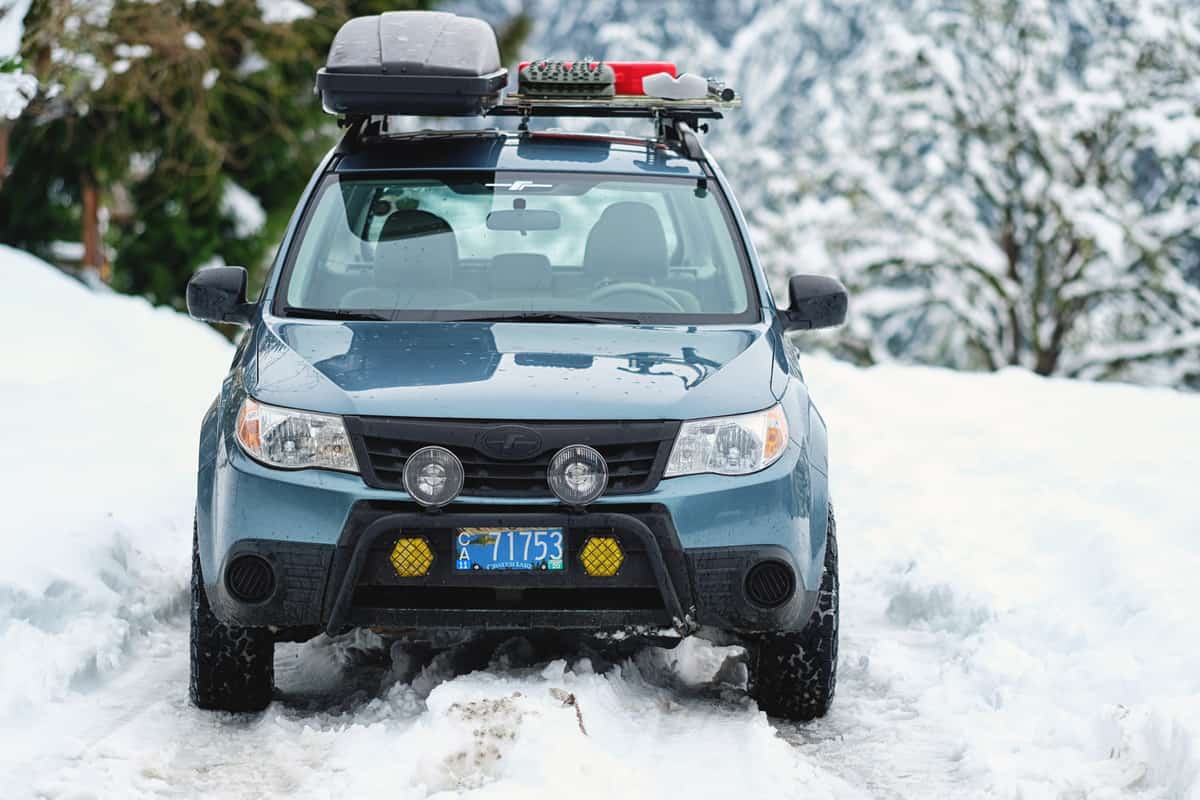
Tire tread depth plays a crucial role in maintaining traction on snowy roads.
If your tires are worn and have a shallow tread, they won't be able to effectively channel away snow and water, leading to decreased grip and potential spinning.
Consider investing in a set of snow tires that are designed with deeper treads and cold-resistant rubber to handle slippery conditions better.
Continue reading: Should Winter Tires Be Narrower?
Why Does Ice in My Wheel Cause My Car to Vibrate?
When snow piles up in your wheels, it can mix with dirt, salt, and mud, forming a packed layer on the wheel's inner surface.
As this layer of snow and ice builds up, the balance of your tires gets disrupted, causing your car to shake or vibrate source.
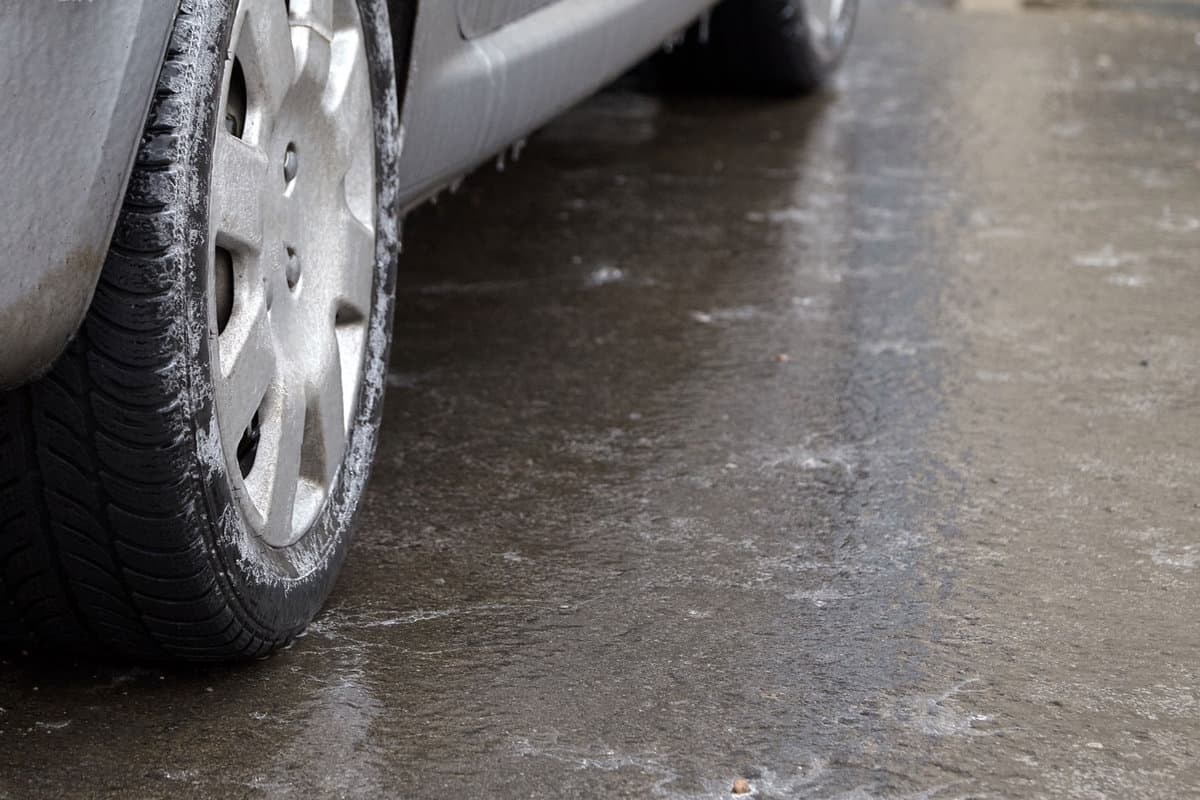
It is especially problematic when you are driving at high speeds, as the imbalance can lead to a loss of control.
While driving through slushy conditions, this messy mix can slide down to the bottom of your rims and freeze, making your tires unbalanced and vibrate.
The vibrations can range from a minor shake in the steering wheel to a feeling that your wheels might fall off if not corrected timely.
Final Thoughts
Fixing thrown-off tire balance caused by snow and ice is a simple process that you can do yourself in just a few steps.
By removing the snow and ice from your wheels and patiently dealing with any refrozen ice, you'll ensure a smooth and comfortable ride, even during winter months.
So, don't let snow throw your car's tire balance off—follow these methods and enjoy a safe and hassle-free driving experience.
We hope this article provided valuable insight and information.
Stay safe on the road, and take precautions when driving in winter weather conditions!


Yes, snow can potentially throw off tire balance, although it’s not the snow itself but rather the accumulation of ice and snow that can cause this issue. When driving in snowy conditions, snow can accumulate on the wheels and tires. The accumulation of snow and ice on the wheels and tires can lead to uneven weight distribution. When it comes to SatJapan’s exported cars, they prioritize the quality and condition of the vehicles they offer. This includes ensuring that the tires and wheels are in good condition and properly balanced.